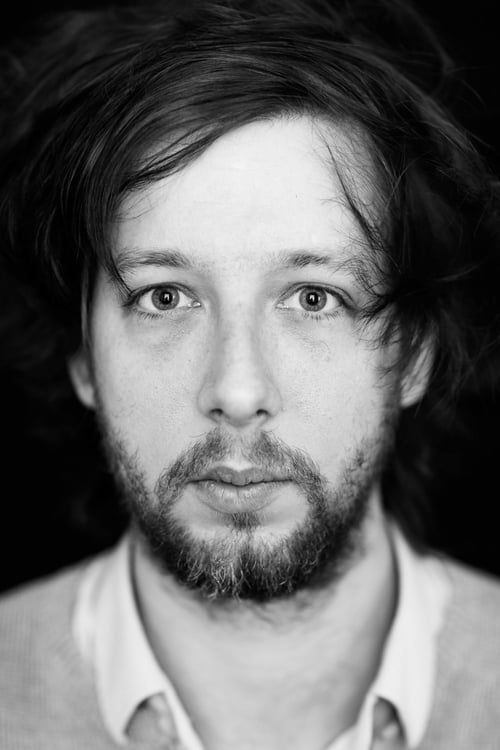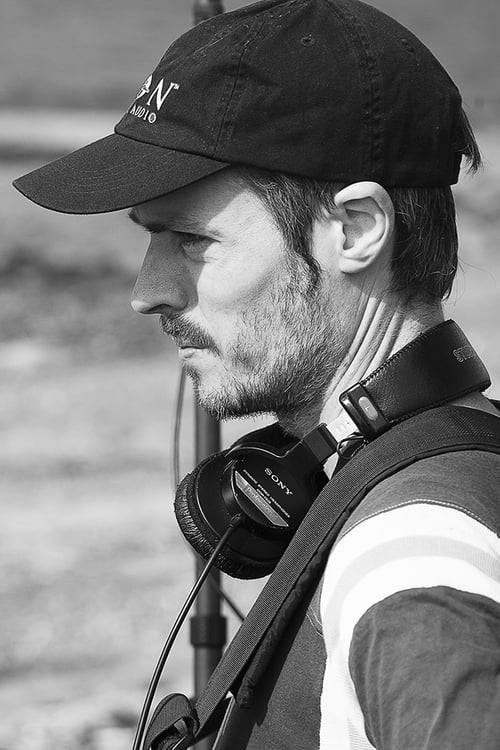White Noise (2019)
Género : Suspense, Documental
Tiempo de ejecución : 1H 17M
Director : Simon Beaulieu
Sinopsis
A reflection on the fate of humanity in the Anthropocene epoch, White Noise is a roller-coaster of a film, a whirlwind of sounds and images. The fourth feature-length work by Simon Beaulieu, this film essay plunges viewers into a subjective sensory adventure—a direct physical encounter with the information overload of daily life. White Noise transforms the imminent collapse of our civilization into a visceral aesthetic experience.
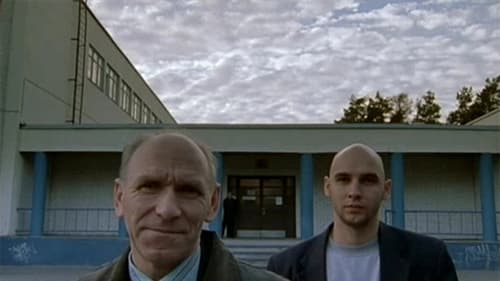
Veinticinco cineastas, uno por cada estado de la Unión Europea, realizaron una película sobre sus respectivos países. Todas tenían el mismo presupuesto, debían estar ambientadas en el presente o en un futuro inmediato y durar cinco minutos. No había otras limitaciones, de modo que los autores tenían plena libertad para expresarse. Entre los directores figuran tanto nombres consagrados como voces nuevas dentro del panorama cinematográfico. Cada corto tiene su propia identidad, por lo que es posible establecer comparaciones fascinantes; pero, además, juntos ofrecen una imagen global de la Comunidad Europea a través de la fusión de esas distintas visiones conceptuales y creativas.
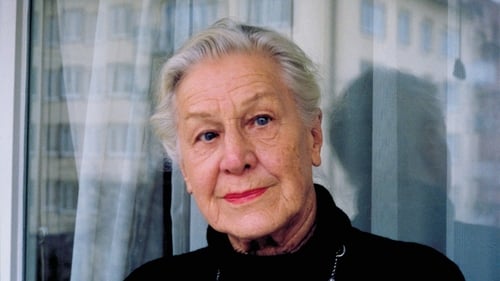
Tras 60 años de silencio ,Traudl June cuenta por primera vez,sus dias al lado de Hitler,dando lugar a este documento unico y a la pelicula El Hundimiento
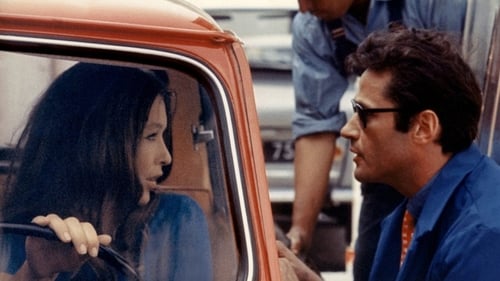
Tomando como punto central las vivencias de Juliette, una mujer casada y con dos hijos que trabaja como ama de casa de día y prostituta por la noche, Godard realiza una especie de documental dramatizado sobre las vidas, las sensaciones, los personajes y los caracteres que pueblan el llamado nuevo París de los años 60.

CREMASTER 4 (1994) adheres most closely to the project's biological model. This penultimate episode describes the system's onward rush toward descension despite its resistance to division. The logo for this chapter is the Manx triskelion - three identical armored legs revolving around a central axis. Set on the Isle of Man, the film absorbs the island's folklore ...

How do you put a life into 500 words? Ask the staff obituary writers at the New York Times. OBIT is a first-ever glimpse into the daily rituals, joys and existential angst of the Times obit writers, as they chronicle life after death on the front lines of history.

A video essay where the author presumes motivations and insights in a fictionalized biography regarding Debra Paget, a contract player for 20th-Century Fox whom they groomed and coached for stardom.

After a dizzying trip through the cosmos we see how an astronaut is flung into space. Rudderless, irrevocably heading for the eternal black hole. The images originate from existing films such as Kubrick’s 2001: A Space Odyssey, the soundtrack offers no redemption.

Filmmaker Kogonada unpicks what defines the Golden Age of Italian cinema with a side-by-side comparison of two edits of the same film, one according to Italian director Vittorio De Sica, and the other according to Hollywood producer David O. Selznick.
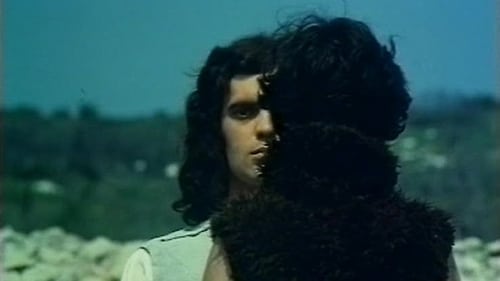
A very personal interpretation, to say the least, of the passion of the Christ According to St. John.

The director spent her childhood living apart from her family and knew very little about its history. This changed when she graduated from college and decided to face her parents with her camera in a search for answers to questions about her past.

A long-hidden, personal doc about leaving a beloved house by the late, revered Portuguese director Manoel de Oliveira.

La fotografía de una bisabuela que al parecer fue mapuche es el punto de partida de este documental. Nadie en la familia sabe su origen, y si fuera verdad les importa poco. Con las pistas de esa foto, la cineasta reconstruye huellas de esta bisabuela olvidada, y a la a vez, una modelo realiza una puesta en escena de la fotografía que devela los prejuicios que existen hacia el mundo indígena.

A film composed of images from prisons. Quotes from fiction films and documentaries as well as footage from surveillance cameras. A look at the new control technologies, at personal identification devices, electronic ankle bracelets, electronic tracking devices.

A short 6-minute essay-documentary by Maurice Pialat on the region in which much of the action of Nous ne vieillirons pas ensemble unfolds.

Chile is seen through the eyes of a Chinese painter - a traditional painter who uses the concepts of XVIII century Shih-T'ao.

A dream walk through the United States of America; a meditation on the thoughts and ideals of its inhabitants, as they are exposed in their silent but eloquent home movies.

Following Bellavista and Totó, Peter Schreiner completes his informal trilogy of epic, black-and-white digital-video essay-films with the utterly monumental Fata Morgana. Shot in the Libyan desert and in an abandoned building in Lausitz, Germany, it features a man (Christian Schmidt), a woman (Giuliana Pachner, from Bellavista) - and, glimpsed now and again, a guide (Awad Elkish.) They talk, they fall silent. Winds blow. The sun shines. The camera runs. What gradually takes shape is nothing less than a painstakingly concentrated attempt to understand the human condition through the lens of cinema. A lofty ambition, and one that demands a considerable leap of faith on the part of the audience: this film is sedate, "difficult", challenging, often apparently impenetrable. But anyone who has seen Schreiner's previous films will be aware that he is by any standards a major artist, one that can be trusted to find places that other directors may not even suspect exist.

"A refined film essay about the loneliness, wisdom and humility of old women. The film, most valued by Jan Špáta, was awarded the Grand Prize at the International Short Film Festival in Oberhausen, the Trilobit Award and Special Mention at the IFF in Karlovy Vary."

With ghostly eyes looking through the winter landscapes of the plains and villages of Ain, where the sanctified priest the Curé of Ars once lived, Jacques Demy tried to understand this fighter for communal spirituality and his daily torments of mysticism.

